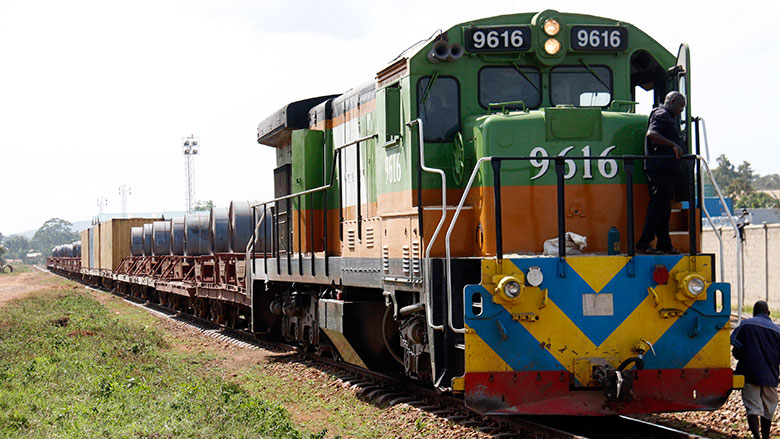Uganda currently has a financing gap of about US$1.4 billion a year for infrastructure investment, but the cost of inefficient infrastructure is also high, estimated at US$300 million a year, due mainly to corruption—especially underpricing—and the sector’s inability to complete projects within budget and on time.
The country’s most successful PPP, the Umeme concession has distributed electricity more efficiently. Since March 2005, the company has increased the collection of sales revenue from 65 percent in March 2017 to 98 percent in June 2017, and improved people’s access to power in areas within reach of its services. But, despite its success, it has been tainted by operational and governance problems. A parliamentary assessment found irregularities and manipulation in the procurement of the concession, and the power distribution agreement had to be revised to minimize costs to the government.
“The success of public-private partnerships depends on the government’s ability to establish a framework with laws, systems, processes, and contracts that promote financially viable PPPs, especially where there are natural monopolies or market failures,” notes Rachel Sebudde, World Bank Senior Economist and lead author of the Update.
“To maximize the benefits of PPPs, the government must allocate sufficient resources to make sure projects are prepared well,” she said. “The selection of PPP projects should involve analysis to verify that a project is feasible, attractive to the private sector, and provides value for money.”
Uganda has instituted legal and regulatory reforms, including the PPP Policy Framework (in 2010), and the PPP Act (approved in 2015), but as a country it still lacks the institutions to implement these policies. Based on experience in Uganda and global best practices, the Update recommends areas of improvement to allow PPPs to achieve their intended objectives:
- Establish appropriate institutions to put existing legal and policy frameworks into practice. This can be done by building the capacity of the central PPP unit and other contracting authorities to enable them to prepare, appraise, and provide better oversight.
- Improve the mobilization of budgetary and non-budgetary resources, including from our own domestic resources and from bilateral and multi-lateral donors. Setting up a Project Development Facilitation Fund would help fund project preparation and a robust PPP pipeline, as well as act as a liquidity reserve to serve as a backstop for liabilities.
- Key information related to both operational and pipeline projects, including the PPP database, should be publicly disclosed in a timely manner to ensure greater transparency and accountability, enhance competition, stimulate investor interest, and allow better stakeholder and citizen engagement and involvement in decision-making.
- While the government is expediting the development of the pension sector and implementing the Capital Markets Master Plan, it should also mobilize domestic currency financing by establishing syndicates of commercial banks and large surplus institutions to finance PPPs, such as pension funds, particularly the National Social Security Fund (NSSF). Innovative mechanisms such as infrastructure debt funds can also be formed.

